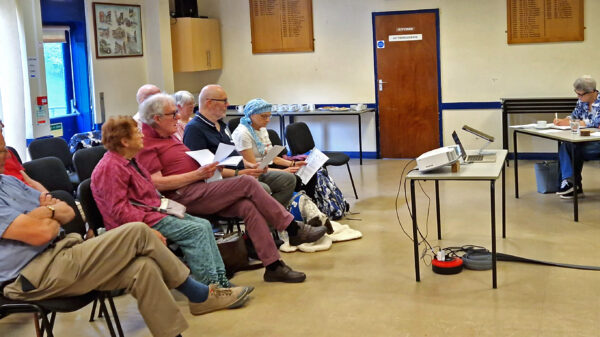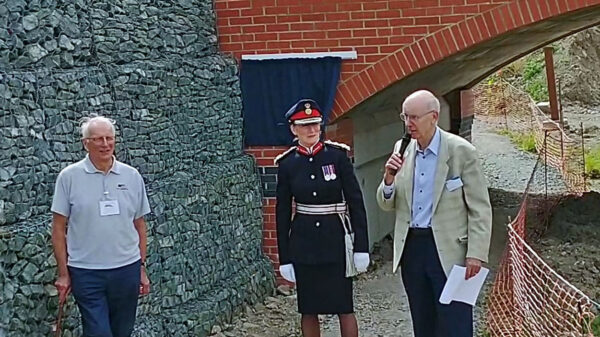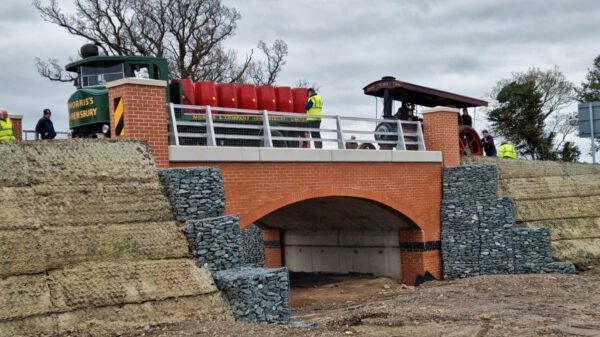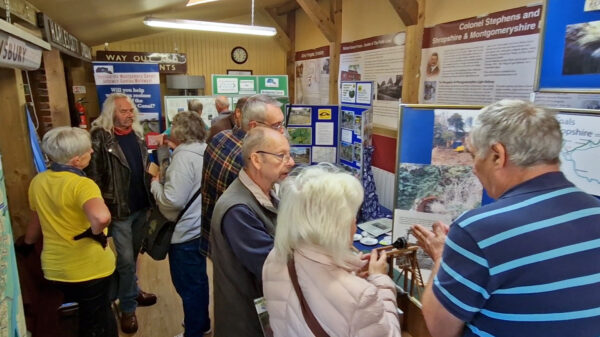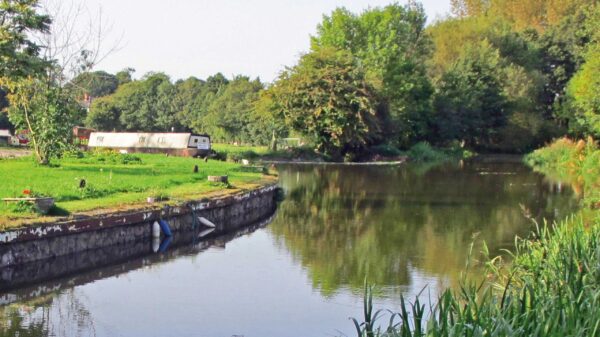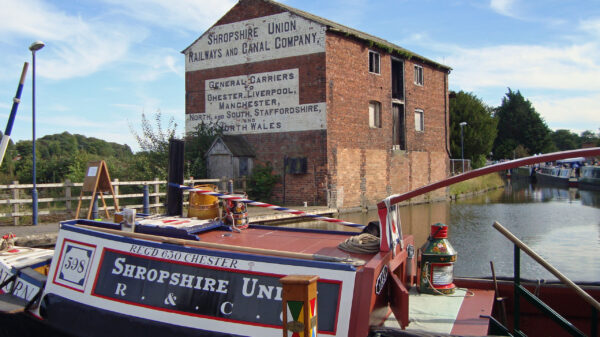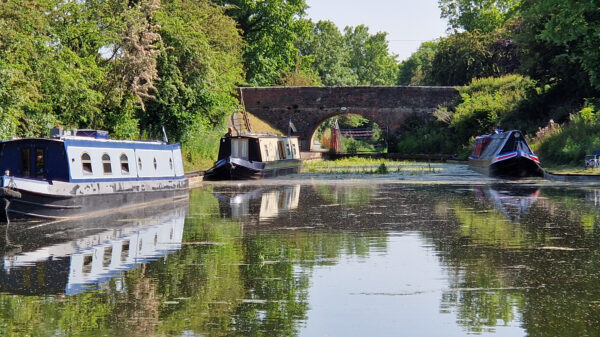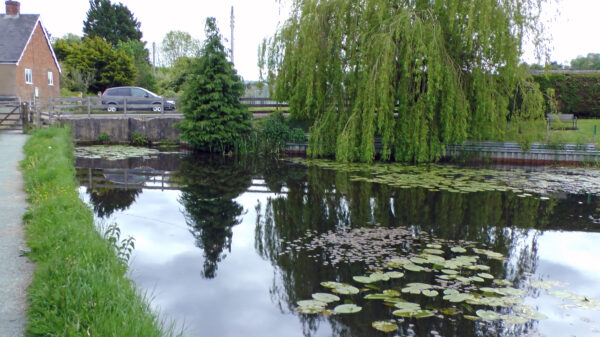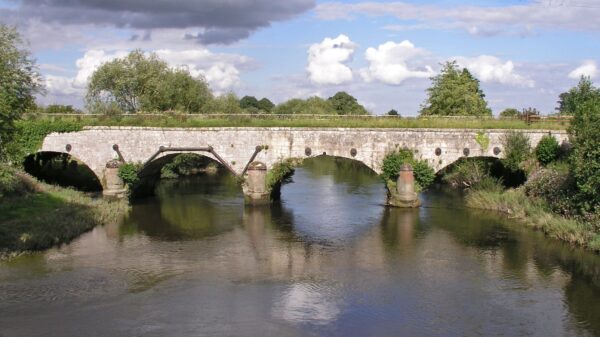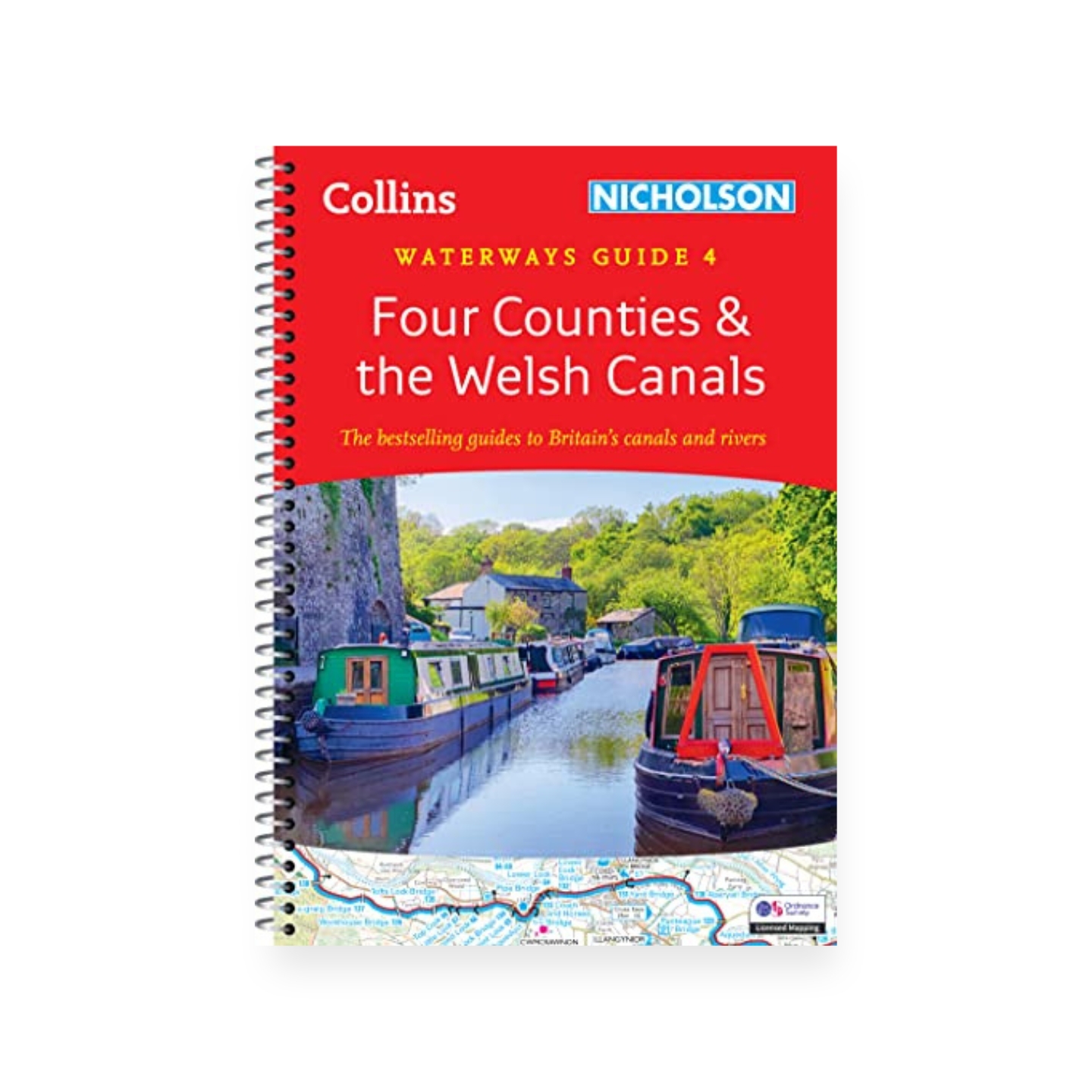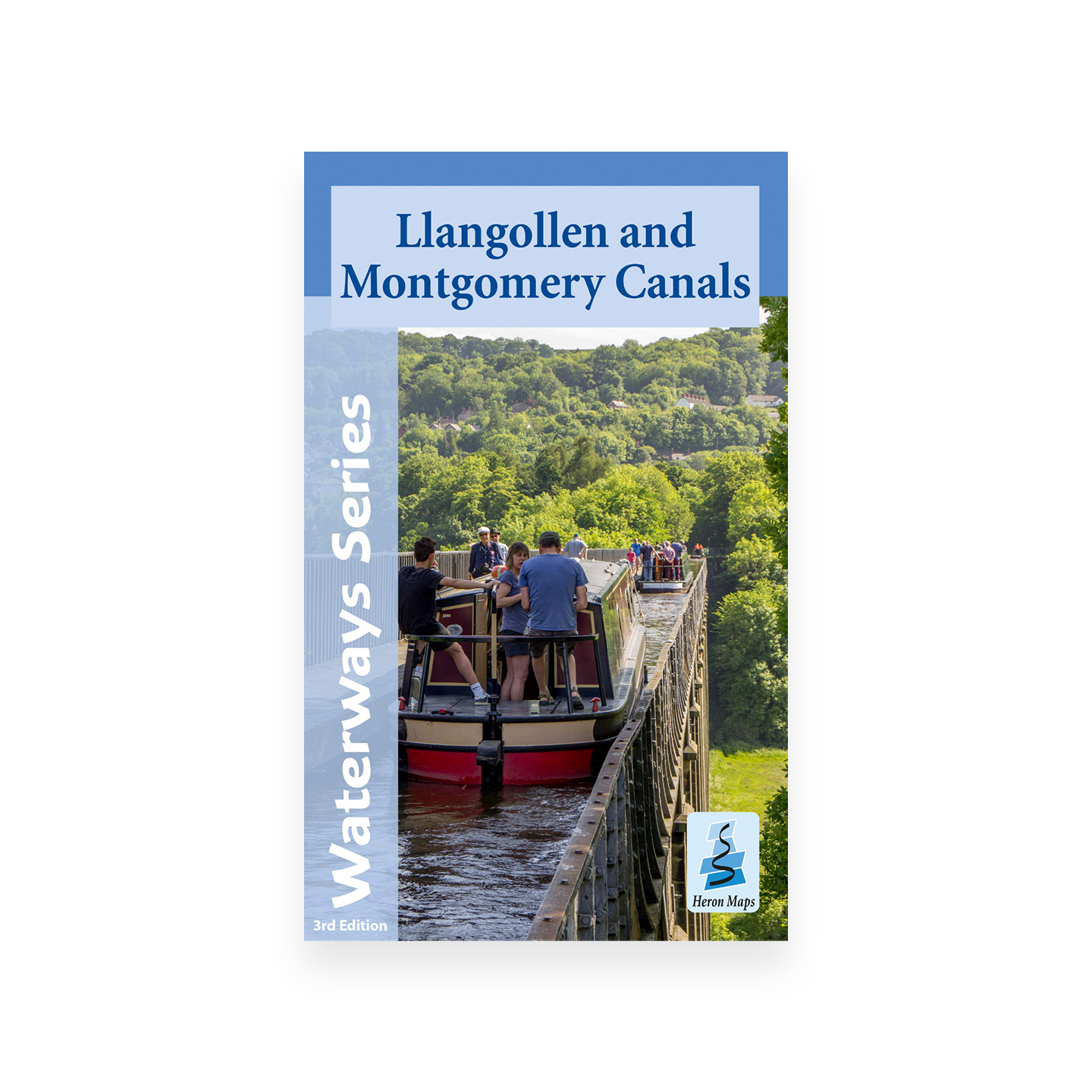From Llangollen Canal to Newtown
The Montgomery Canal passes through some of the most beautiful countryside adjacent to a canal in the UK. ‘The Monty’, as it is often referred to, is currently under restoration with sections from Frankton Junction to Gronwyn Bridge, Maesbury (6.5 miles) and Ardleen (bridge 103 lowered) to Berriew (bridge 129 lowered) – a further 11.5 miles – currently navigable. The canal runs for 35 miles from Frankton Junction near Ellesmere in Shropshire to Newtown in Powys.


